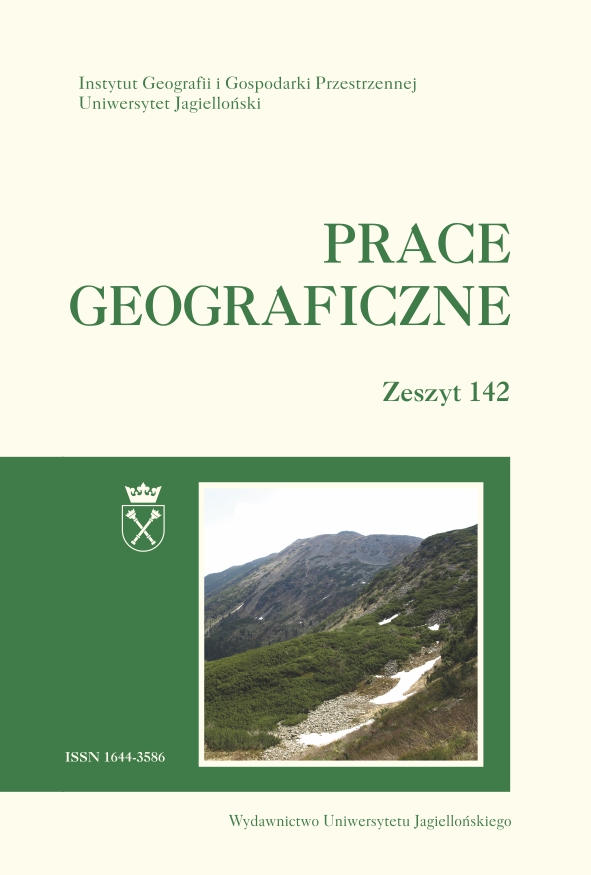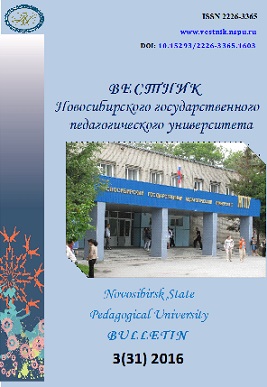Author(s): Mariusz Siedlecki,Włodzimierz Pawlak,Krzysztof Fortuniak,Mariusz Zieliński / Language(s): Polish
Issue: 104/2016
Evapotranspiration from urbanized areas has been assumed to be lower than the one from naturaland agricultural areas. The main reason of this phenomenon is connected with the supposed contrastbetween the hydrologic properties of building materials and vegetation-covered surfaces. Lastly, theurban evapotranspiration has received increasing attention in the fields of urban climatology, urban hydrologyand management of green urban areas (e.g. parks and green roofs). In this paper, we comparemeasurements of evapotranspiration in urban area with results from agricultural and wetlands areas.Several methods have been developed to measure or estimate evapotranspiration. However, due tovery varied land use of urban areas and very complicated vertical structure of buildings, the best wayto assess the turbulent latent heat fluxes is the eddy covariance method. In this technique, the exchangeof water fluxes between surface and the atmosphere is established from a fixed in situ measurementpoint like a tower.The investigation is based on three eddy covariance stations representing different environmentconditions (Fig. 1). Urban measurements were made on a mast at 37 m above ground level (the toweris 20 m tall and mounted on the roof of a 17 m building). The station is located in the western part ofcentral district of Łódź (Lipowa street) in dense development, where buildings are 7–13 m high andcover 15–40% of the surrounding area. The wetland measurement station is located in the BiebrzaNational Park in the neighbourhood of the village Kopytkowo (53°35’20”N; 22°53’31”E), within theso-called Central Basin covering the area of the largest marshlands and peatlands which are named theRed Marsh. In the immediate vicinity of the measurement site (~ 500 m), there occur rush communitieswith the dominating reed sweet-grass (Glycerietum maximae) and the common reed (Phragmitetumcommunis), as well as moss and sedge communities represented by the Carici canescentis-Agrostietum caninae. The agriculture measurement point is located in the village Annosław, 80 km tothe south of Warsaw (51°45’1.04”N; 20°25’3.22”E; 165 m a.s.l.). This study was made at a typicalPolish farmland characteristic of Central and Southern Poland. The typical Polish farmland is characterizedby very narrow (10–20 m) and long (100–200 m) parcels. In this case, different plants likepotato, raspberries, strawberries, mixture of grains, broad bean and fruit trees are cultivated in the surroundingfields.All eddy covariance measurement systems were prepared with a 3D sonic anemometer(RMYoung 81000) and Li7500 infrared CO2/H2O das analyzer. The fast-response data output was setto 10 Hz and next subsequently water vapor fluxes ware calculated for 1-hour periods by simple blockaveraging. Moreover, the final fluxes are corrected to account for the influence of humidity on sonictemperature, and in the post-processing data quality assessment, three stationarity tests are used tocheck the stationarity postulate.The comparison of the evapotranspiration from those three analyzed stations confirmed that theurban areas are characterized by the lowest values of water vapor fluxes, especially during the springand early summer. Contrarily, in the urban areas, from March to July, the mean hourly totals ofevapotranspiration at noon change from 0.15 mm/h to 0.20 mm/h, while these values obtained fromwetland and agricultural measurement exceed 0.25 mm·h–1 (Fig. 2). A similar tendency is observed indaily totals of evapotranspiration. For example, the median of daily totals observed from urban measurementvaried from 1.8 mm/d in May to 2.2 mm/d in June and July. However, in agricultural areaduring these months, the median of daily totals ranged from 2.8 to 3.0 mm/d. The highest evapotranspirationfrom wetland environment is reached in July when the median of daily totals is 3.4 mm/h(Fig. 3).The next part of this work presents the changes of the daily course of evapotranspiration duringdifferent weather conditions and vegetation development. The first period (04–12.05.2014) presentsthe changes of evapotranspiration during the spring season with steeply increasing temperature andshort precipitation events. During this period, the highest values of the water vapour fluxes were observedin the agricultural area (compared to the other two analysed stations). Moreover the agriculturalevapotranspiration does not increase after the appearance of precipitation, whereas sucha change in weather conditions in an urban area caused a significant increase of urban evapotranspiration(Fig. 4).Next, the second selected period represents a change in the rate of evapotranspiration during thehot, sunny weather with the highest development of vegetation and after harvest. In the first part ofJuly, the hourly totals of evapotranspiration at noon cross 0.4 mm/h in the agricultural area, whereasthese values observed over the urban surface vary from 0.2 to 0.3 mm/h (Fig. 5). On the other hand,during the last part of July after harvest the evapotranspiration from agricultural fields decreases significantlyand the hourly totals of evapotranspiration at noon are close to the ones from the urban surface.
More...





